The golden era of muscle cars gave us some serious firepower, but not every big-block brute rolled off the line in large numbers. While names like Chevelle, GTO, and Hemi ’Cuda are familiar, their rarest configurations—especially with the biggest engines—often flew under the radar. These weren’t just optioned-up weekend cruisers. They were built in tiny batches, usually for people in the know or for homologation rules that demanded bare-knuckle performance in street-legal form.
What follows isn’t your typical muscle car list. These are the unicorns—the cars with big cubes, low production numbers, and stories that make collectors lose sleep.
1966 Chevrolet Chevelle SS 396 “Z16”
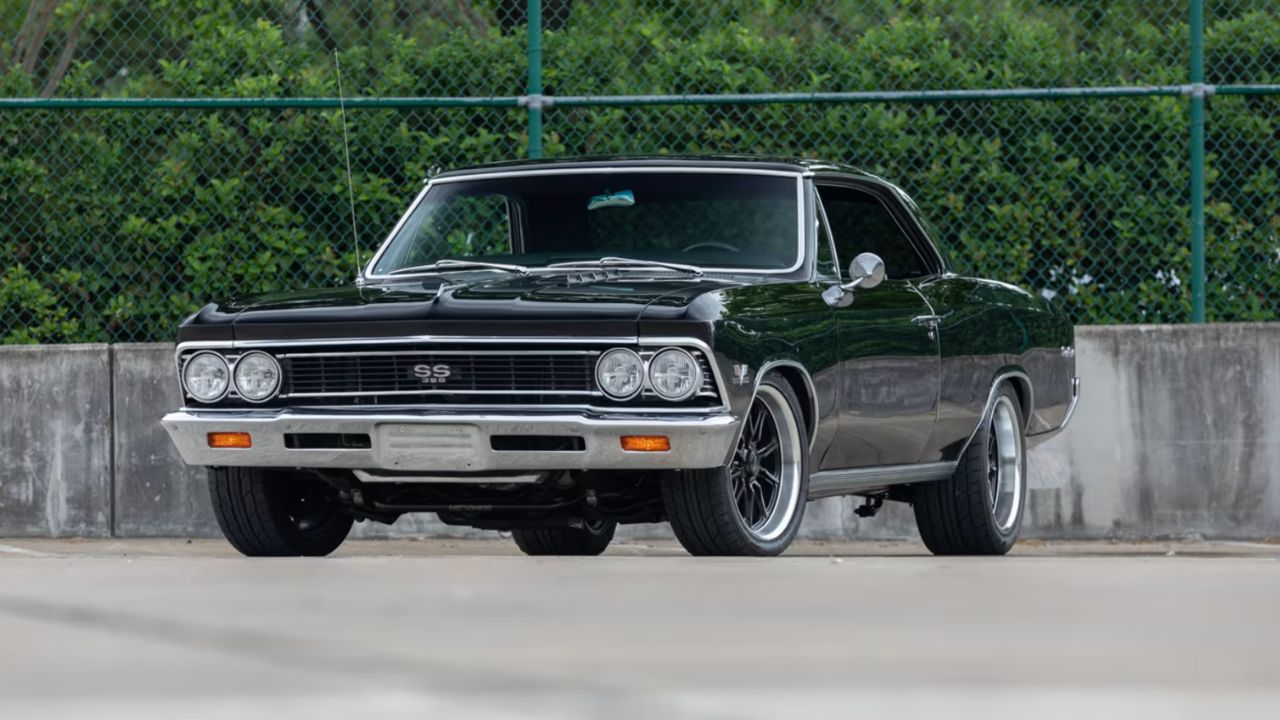
Before the SS 396 became a regular option in 1966, Chevrolet quietly rolled out the ultra-limited Z16 package in 1965. Only 200 Chevelle Z16s were produced, each equipped with a 396-cubic-inch V8 rated at 375 horsepower and backed by a heavy-duty Muncie 4-speed.
The Z16 cars had unique frames, heavy-duty suspension, and came fully loaded with power accessories and special trim. While the regular SS396 models followed shortly after, the Z16 is in a different league—these were essentially factory-built sleepers for people who wanted Corvette-level performance with a backseat.
1970 Buick GS Stage 1 Convertible
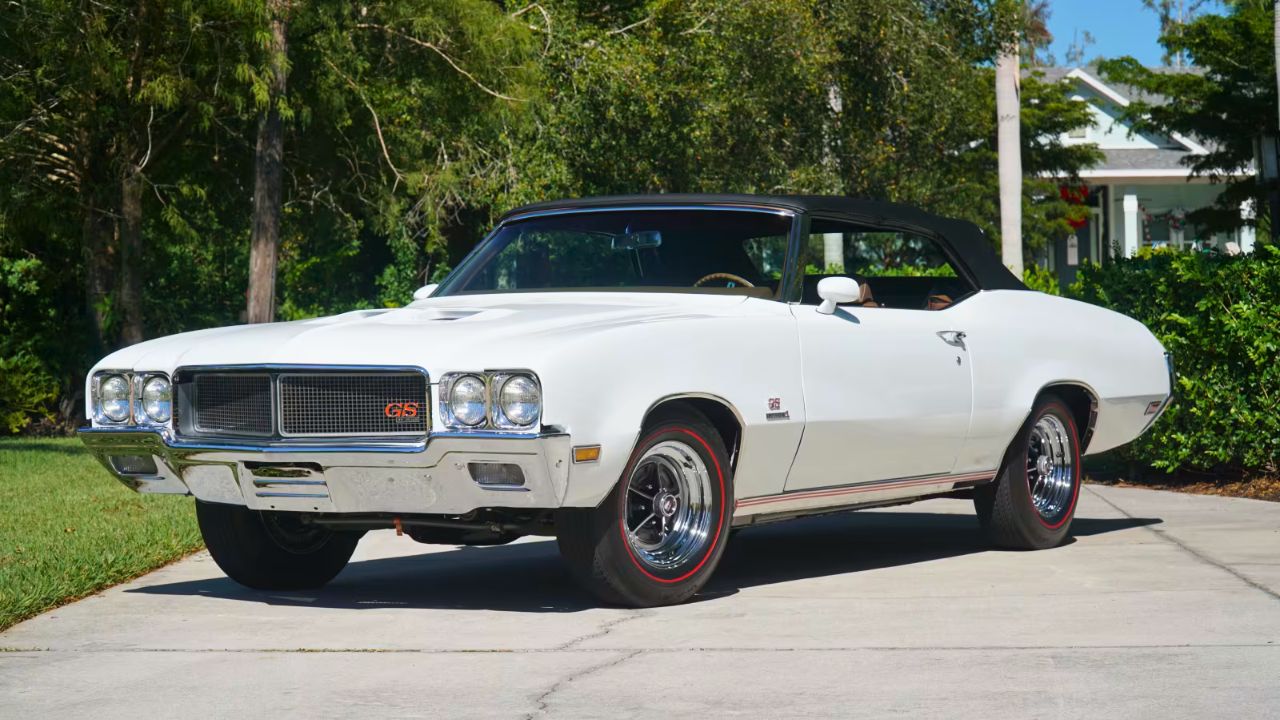
This one flew under the radar compared to its A-body cousins. The 1970 GS Stage 1 Convertible packed a 455-cubic-inch V8 with 510 lb-ft of torque, the highest of any muscle car that year. Only 67 were built with a 4-speed manual, making it incredibly rare.
The GS Stage 1 was a full-sized bruiser with high compression, a radical cam, and bigger valves. It looked tame but pulled like a freight train from any RPM. Add in a convertible top and manual gearbox, and it’s no surprise collectors don’t let these go often.
1969 Pontiac GTO Judge Ram Air IV Convertible
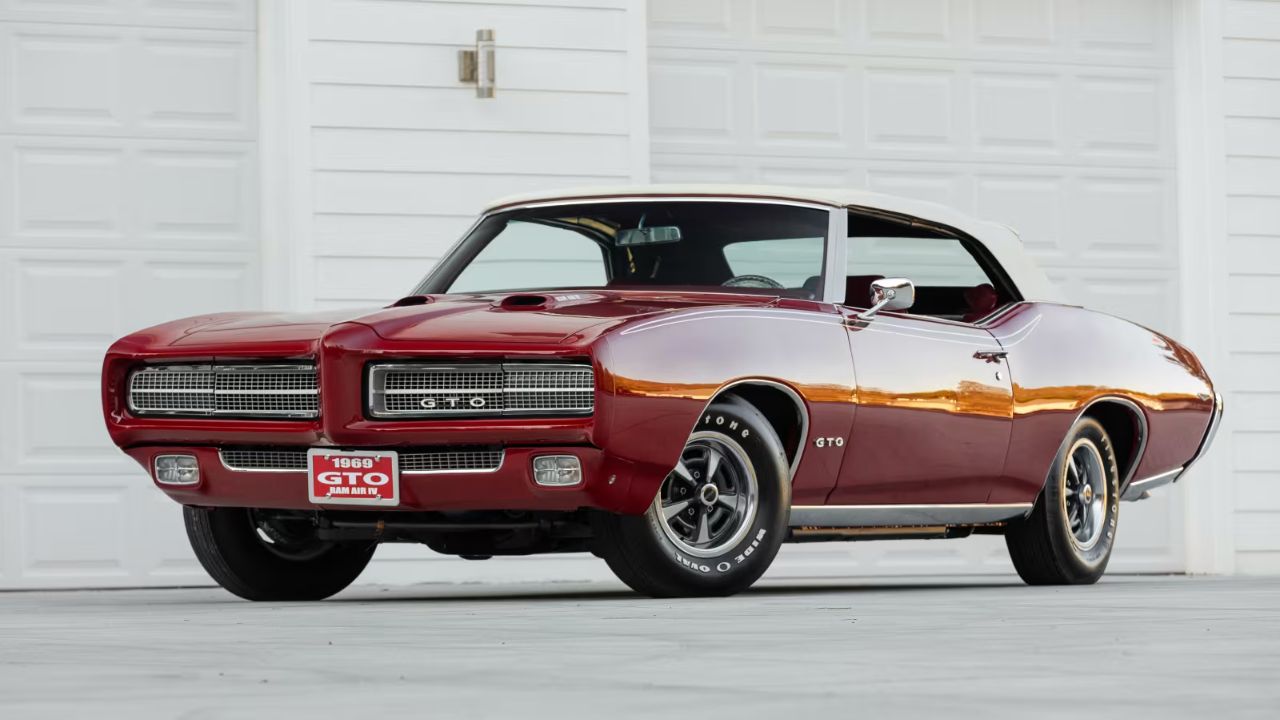
Out of all the Judges Pontiac produced, the 1969 Ram Air IV Convertible sits at the top in rarity. Only five were built with the high-compression 370-horsepower Ram Air IV engine and a 4-speed.
The Ram Air IV came with round-port heads, a wild camshaft, and a deep-breathing intake. It was temperamental at low RPMs but screamed past 5,000. In a drop-top Judge with hideaways and rear spoiler, it was anything but low-key. Surviving examples are almost impossible to find, especially with original drivetrains.
1970 Chevrolet LS6 Chevelle Convertible
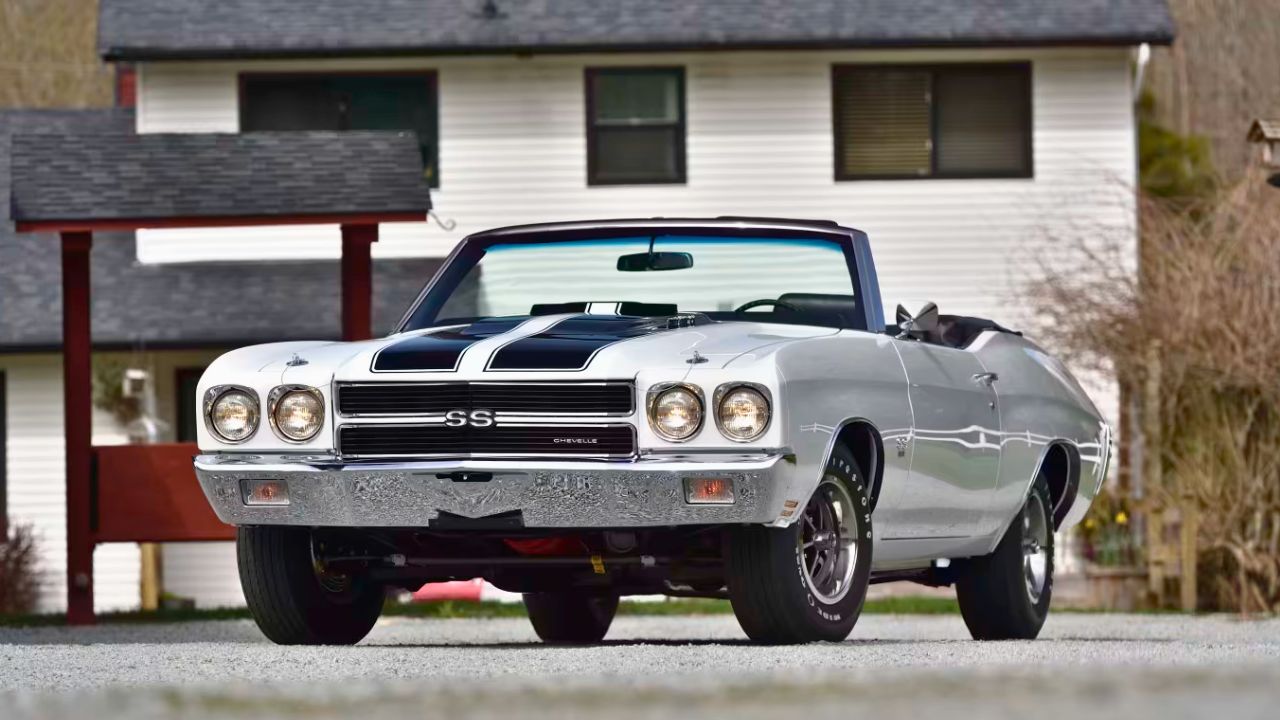
Everyone knows the LS6 Chevelle, but the convertible version is a different story. Chevrolet only built 18 LS6 convertibles, each powered by the 450-horsepower 454 with 500 lb-ft of torque and optional cowl induction.
Most LS6s were hardtops built for street domination, but the few drop-tops were bought by people who wanted performance without giving up comfort. These cars had TH400 autos or M22 4-speeds, 12-bolt posis, and heavy-duty suspension. Today, they’re white whales—high-dollar even as basket cases.
1971 Plymouth Hemi ’Cuda Convertible
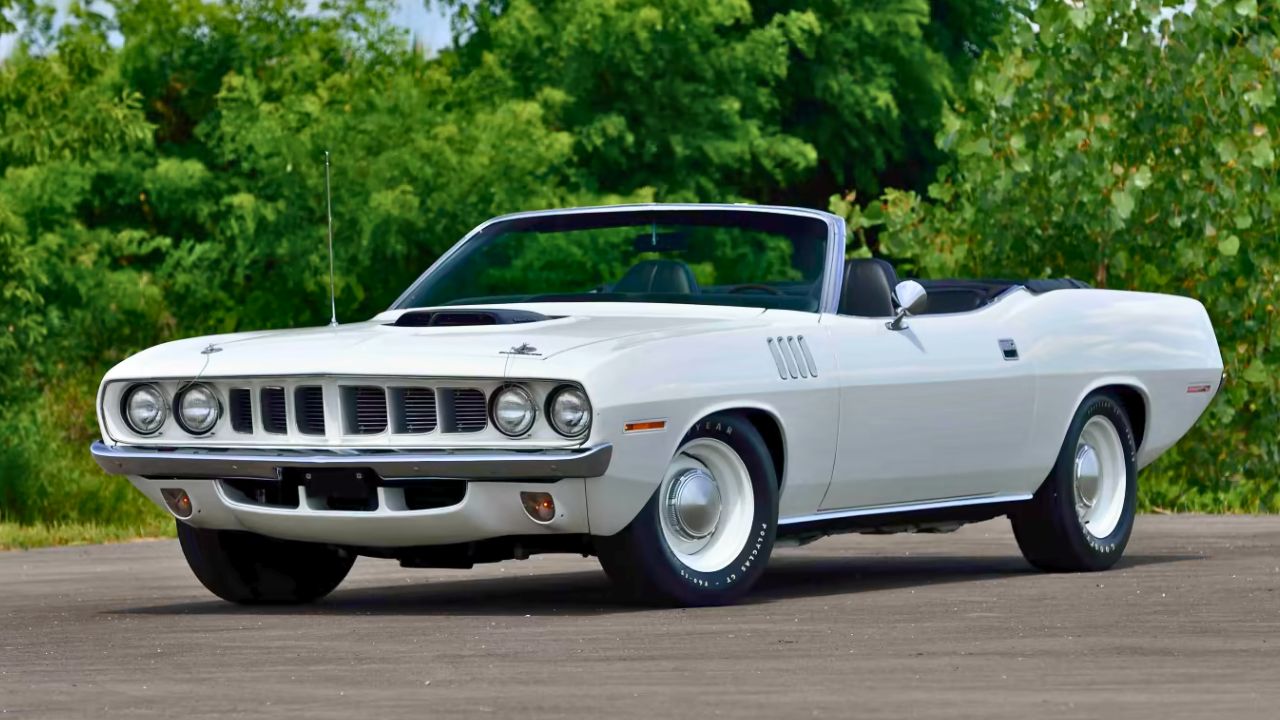
This one hardly needs an introduction. Plymouth only built 11 Hemi ’Cuda convertibles in 1971, and just two came with a 4-speed. Each was powered by the 426 Hemi with dual quads and a claimed 425 horsepower.
The ’71 was the final year for the Hemi ’Cuda and featured one-year-only grille and fender gills. These cars were absurdly expensive when new, which is part of why so few were made. Today, they’re auction royalty—one sold for over $3.5 million back in 2014.
1968 Dodge Coronet R/T Hemi Convertible
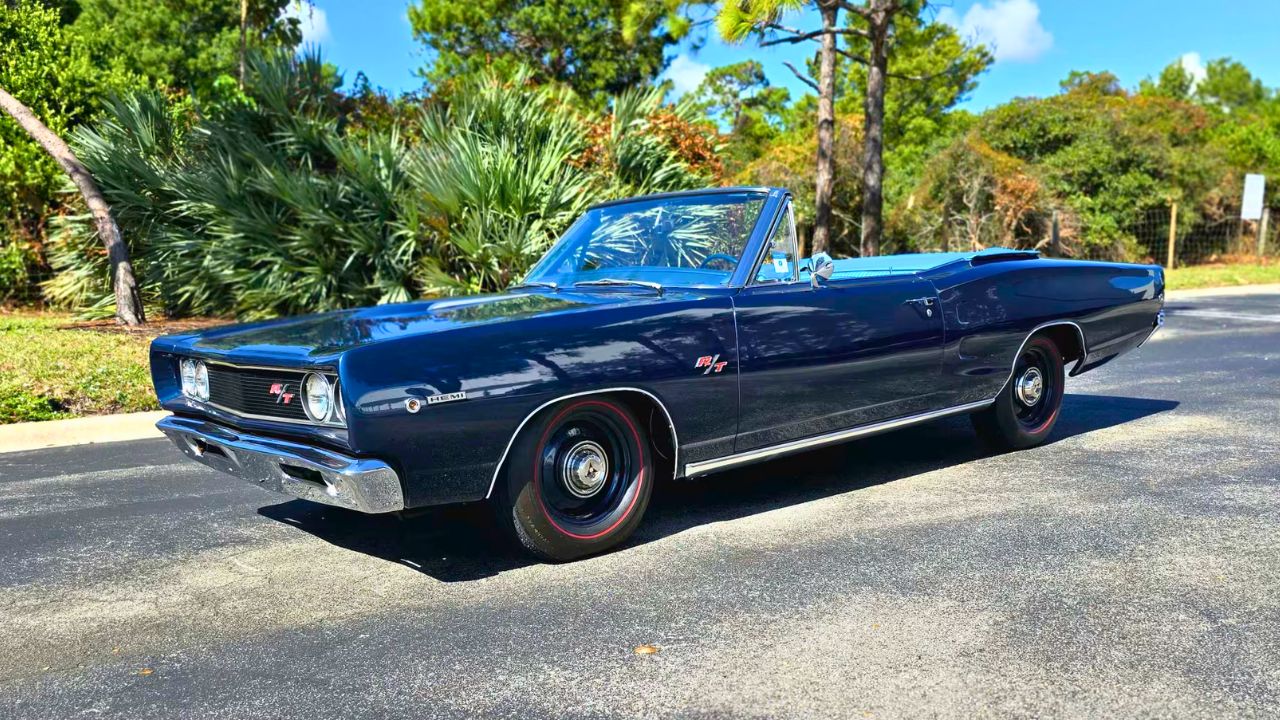
If you’re into underappreciated Mopars, the 1968 Coronet R/T Hemi Convertible is a sleeper in every sense. Only nine were made, all carrying the 426 Hemi paired with either a TorqueFlite or 4-speed.
Unlike the Charger or Super Bee, the Coronet didn’t scream performance—especially in drop-top form. But it had the same drivetrain and was just as quick. It rode on a B-body platform with big brakes and heavy-duty suspension, making it surprisingly capable at high speed.
1970 Oldsmobile 442 W-30 Convertible
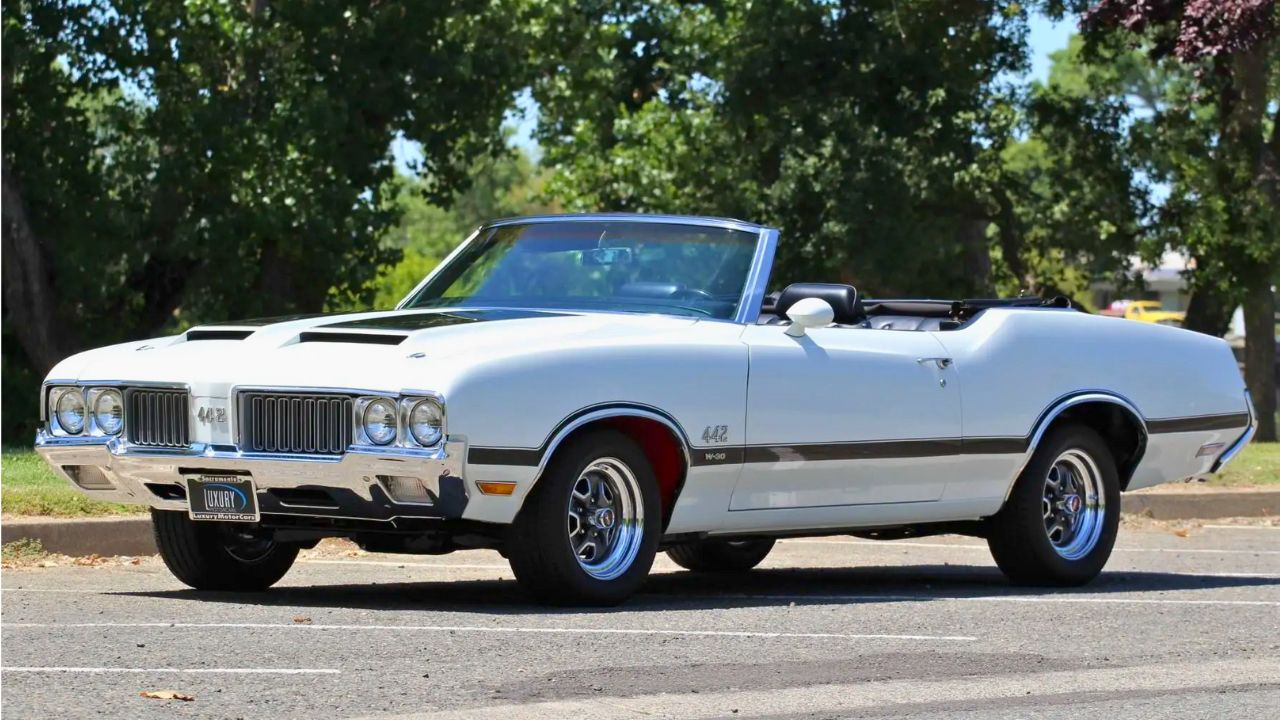
Oldsmobile played it cool in the muscle car wars, but the 1970 442 W-30 Convertible was serious hardware. Out of all produced, only 96 had the W-30 package, and even fewer had 4-speeds.
The W-30 added a 455ci V8 with cold-air induction through red plastic scoops beneath the front bumper. It made 370 horsepower and over 500 lb-ft of torque. The cars came with fiberglass inner fenders, aluminum intake manifolds, and tuned suspension. These were sleeper machines wrapped in cutlass trim and luxury finishes.
1966 Ford Fairlane 500 R-Code
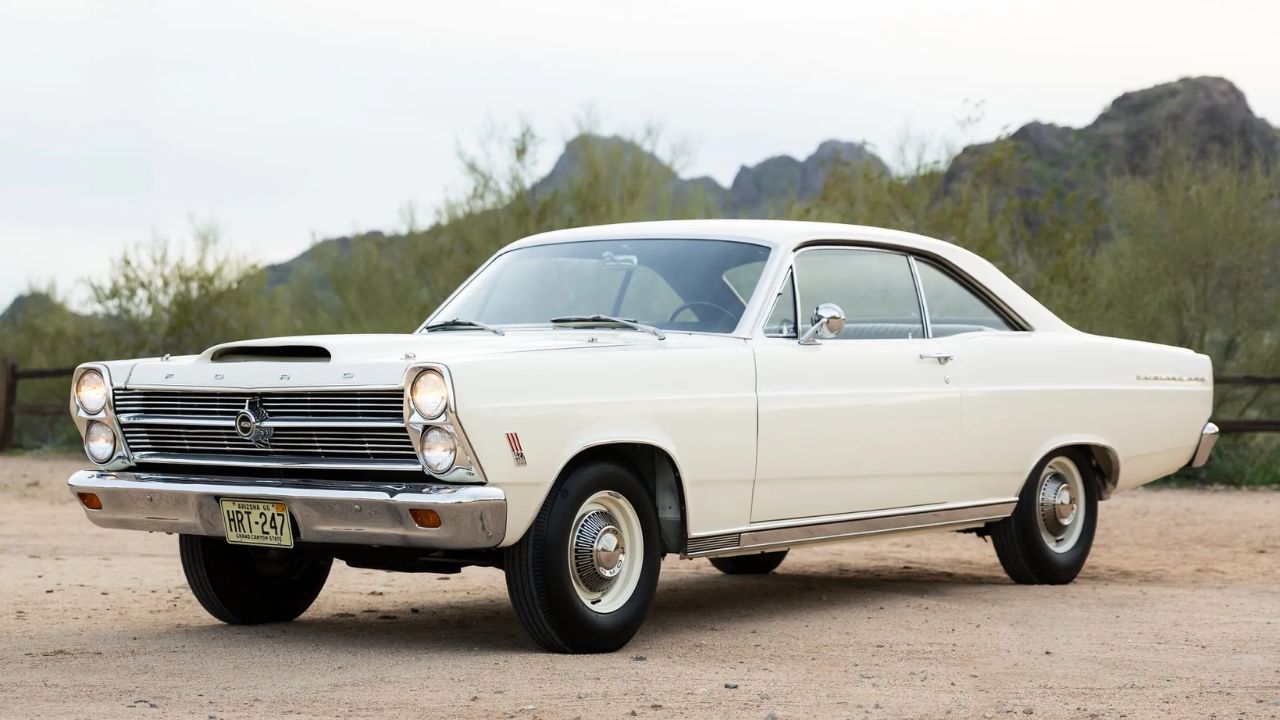
Ford wasn’t messing around with the 1966 Fairlane R-Code. This mid-size car came factory-equipped with a 427-cubic-inch side-oiler V8 pulled straight from the racing program. Only 57 were built, all for serious drag-strip duty.
The R-Code Fairlanes had no frills—no A/C, no power steering—just a heavy-duty chassis, 4-speed manual, and 425 horsepower. They used dual Holley carbs, solid lifters, and beefy 9-inch rear ends. You had to know a guy to get one, and they rarely surface today in any condition.
1970 Mercury Cougar Eliminator 428 SCJ
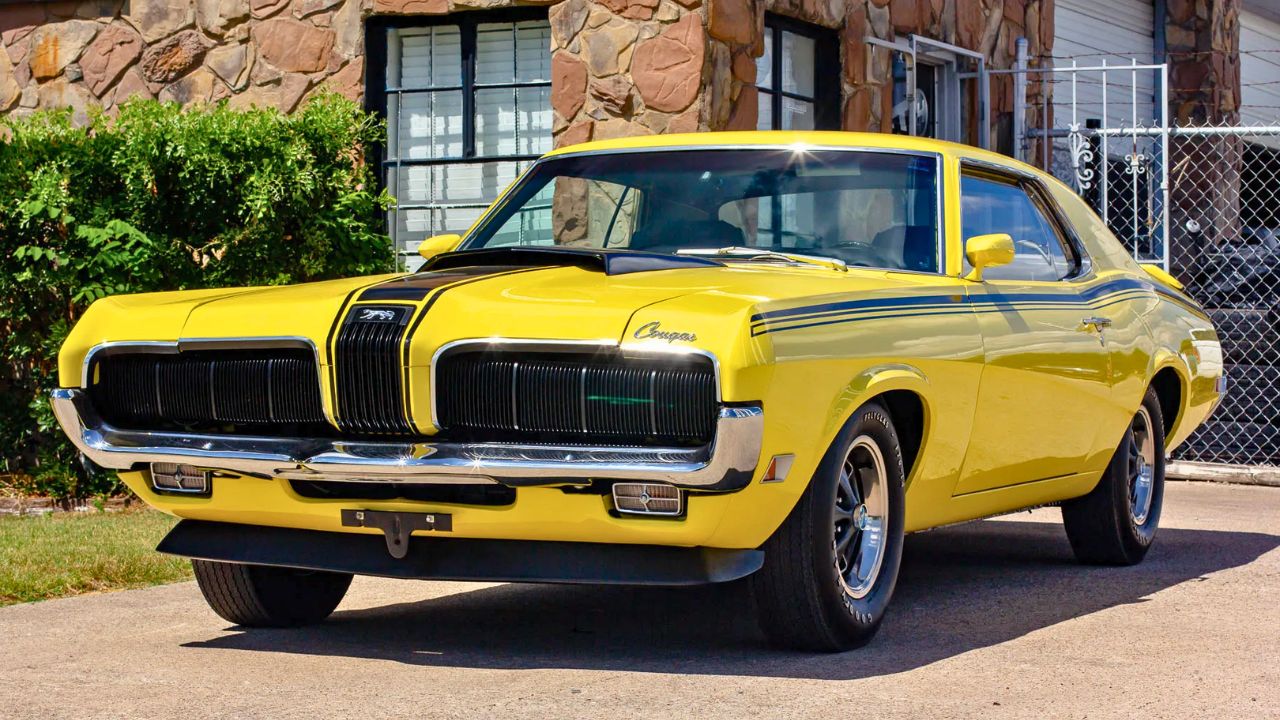
Overshadowed by the Mustang, the 1970 Cougar Eliminator 428 Super Cobra Jet is both rare and underrated. Only 341 were built with the drag-spec 428 SCJ and optional Drag Pak gear.
That engine was rated at 335 horsepower, but in reality, it was much closer to 400. With a 3.91 or 4.30 rear axle, external oil cooler, and close-ratio 4-speed, the SCJ Cougar was built to run hard. Paired with high-impact colors like Competition Orange and spoilers, it made a serious impression.
1970 Chrysler 300 Hurst
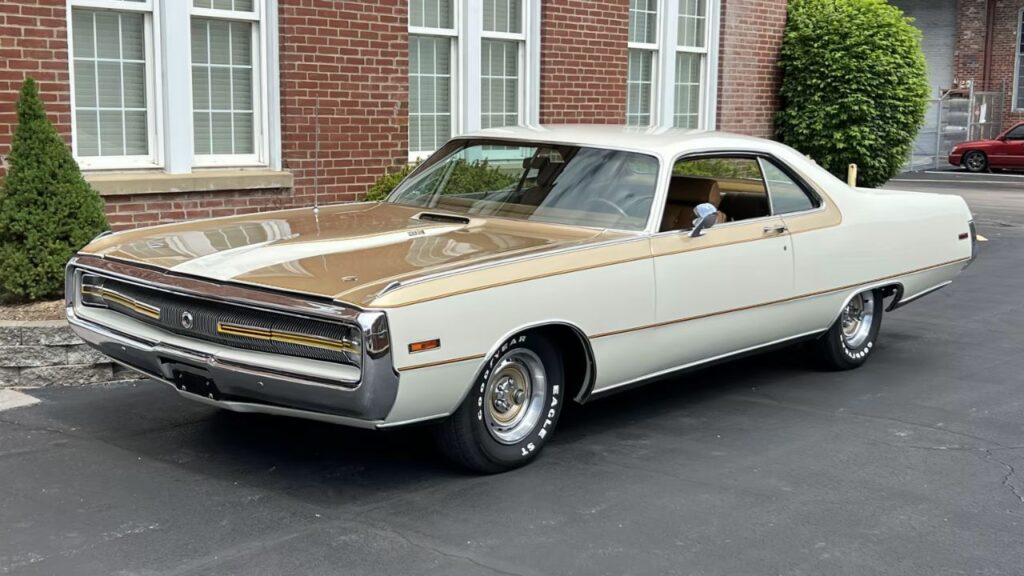
Technically a luxury car, the 1970 Chrysler 300 Hurst was also Chrysler’s strange entry into the big-block muscle scene. Only 501 units were built, all featuring a TNT 440 making 375 horsepower and 480 lb-ft.
It was a two-door behemoth with a fiberglass hood and trunk lid, giant Hurst badging, and gold-over-white paint. Chrysler dropped it with stiffer torsion bars and performance gearing. Despite its size, it could hustle in a straight line. Most buyers never saw one in person, and almost none knew what it was.
Like Fast Lane Only’s content? Be sure to follow us.
Here’s more from us:
*Created with AI assistance and editor review.

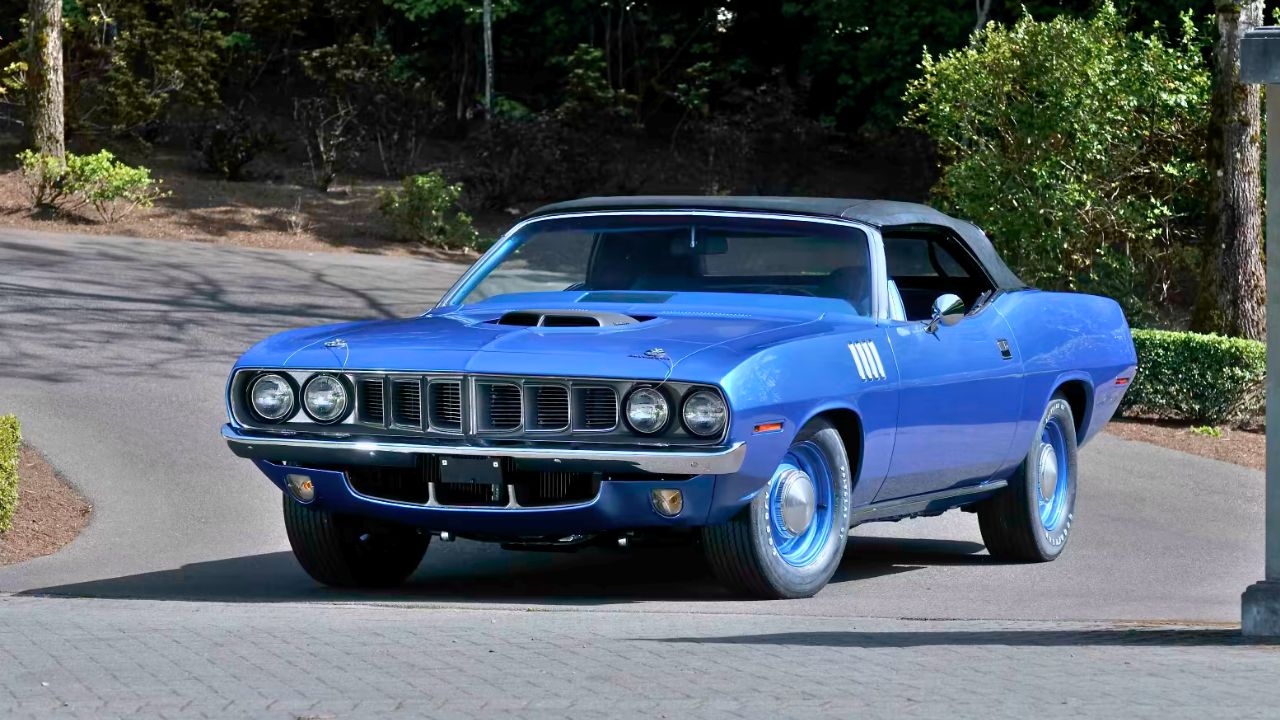
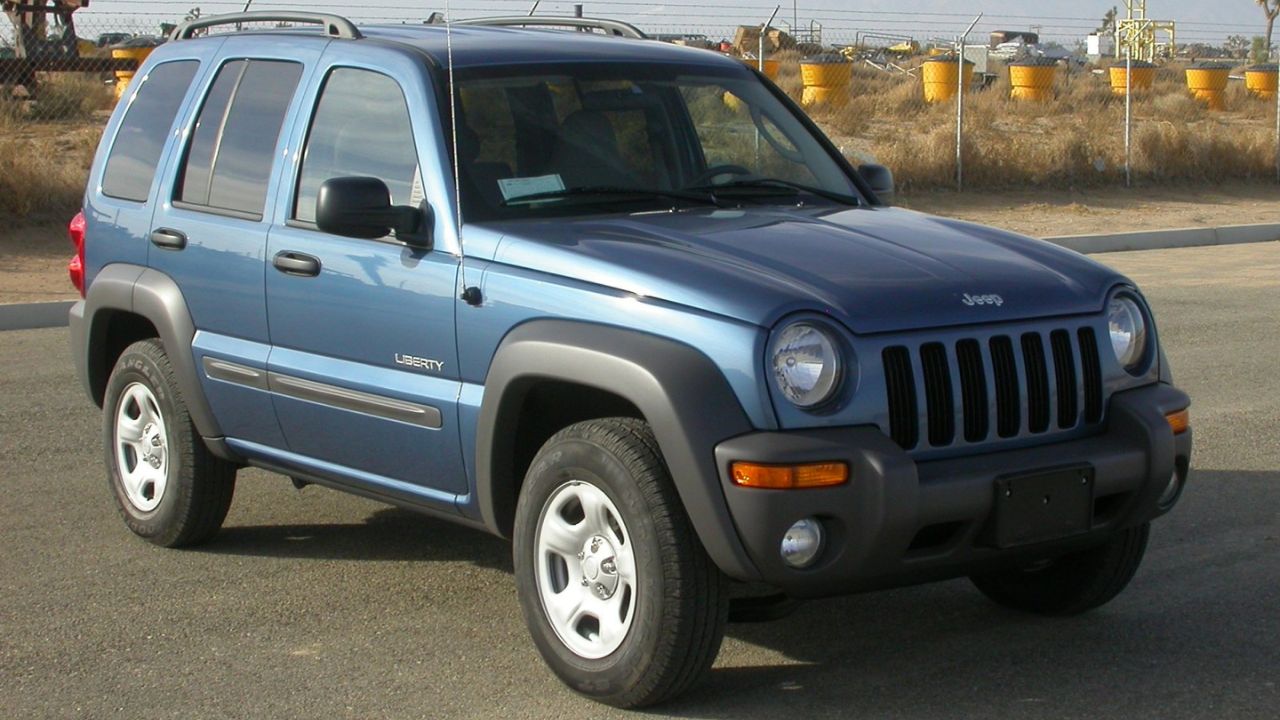
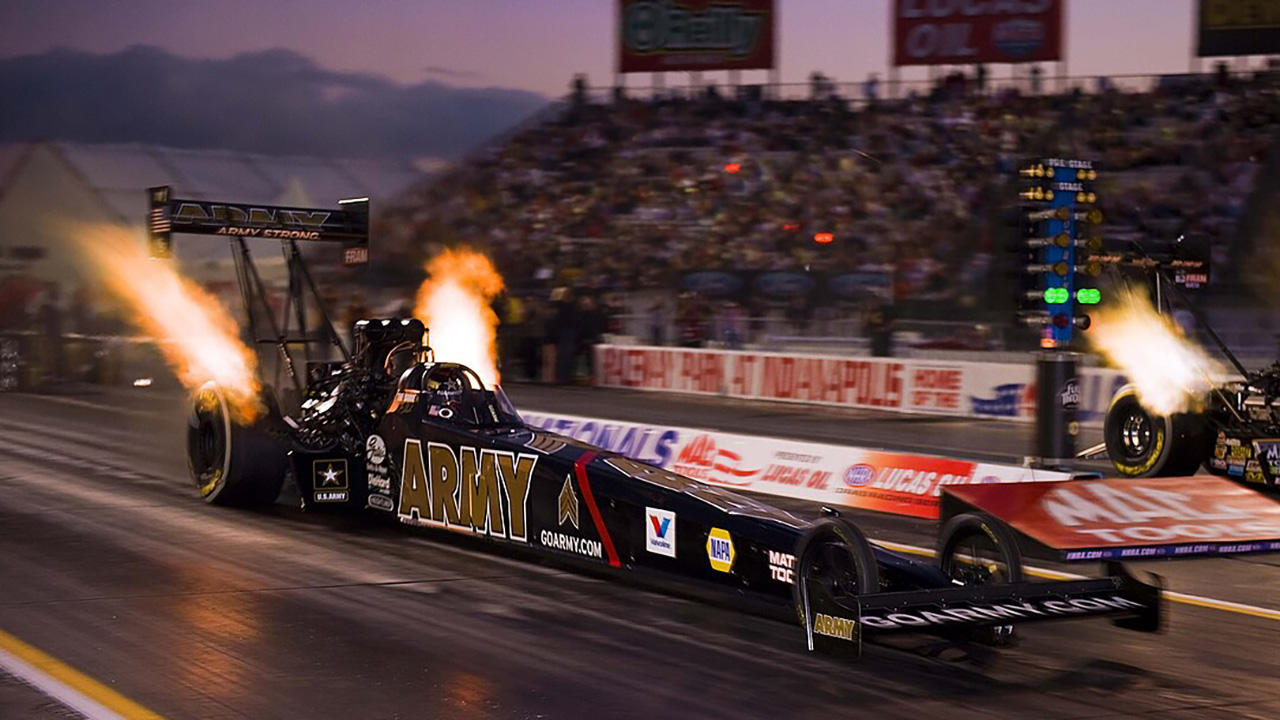
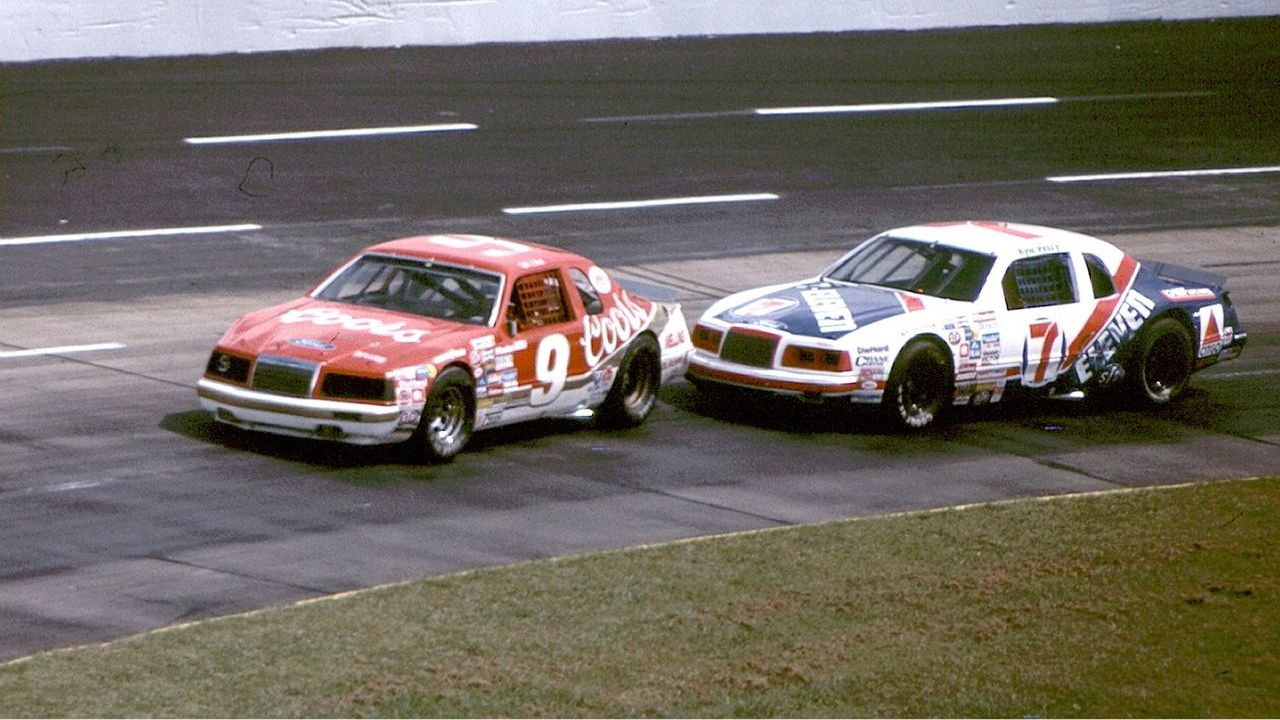
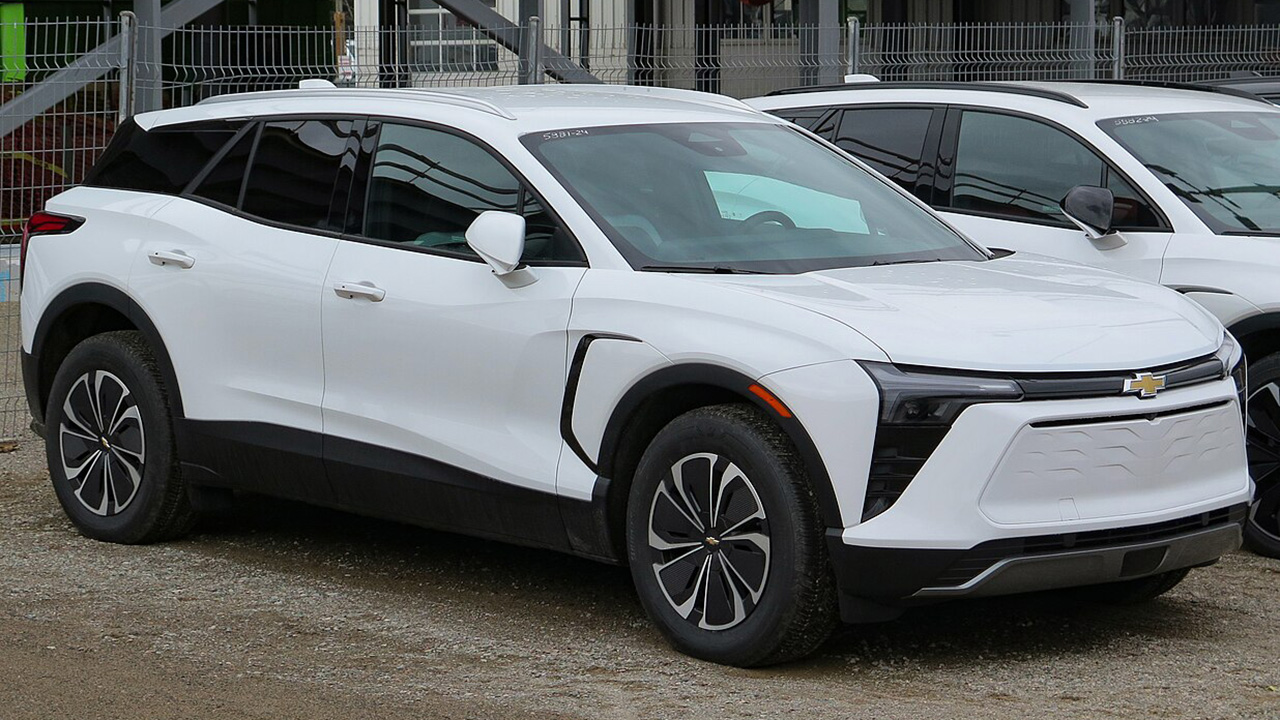
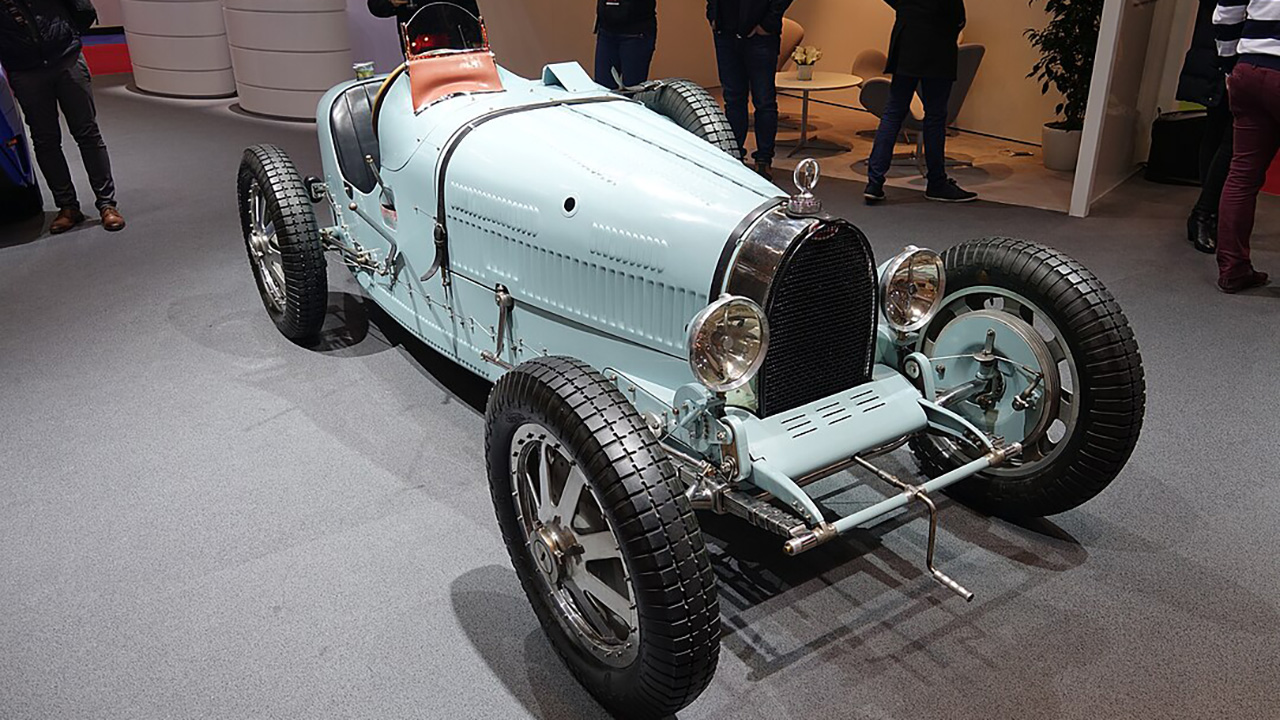
Leave a Reply